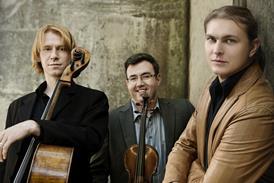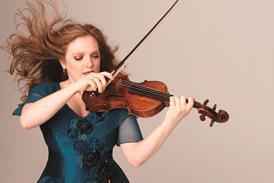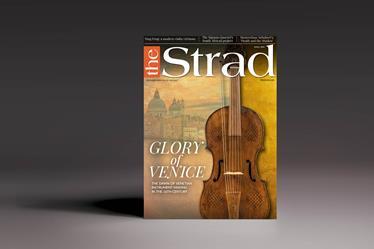Is the UK Department for Education's newly launched strategy all talk and no action?
The first thing I did when faced with the 55-page, 149-point ‘National Plan for Music Education’ (details here ) was to search for the phrase ‘funding sources’. Sure enough, on page 28, we discover the following:
‘DfE funding will only be one of several funding sources available in a local area that the hub, and their partner organisations, will draw upon. Local authorities will continue to be key players in delivering and funding music education, and hubs will also be able to draw-in and align funding streams from elsewhere to best meet the local needs of pupils’ music education. Some of these funding streams may come from other public, charitable and private funding sources and the National Lottery.’
That’s a nice, optimistic note for a Monday morning; these sources ‘will be available’ to ‘draw upon’ – as indeed they are right now, if you can get them. The core of the plan’s strategy for music education is the creation of ‘hubs’ designed to ‘take forward the work of local authority music services’. How many of these hubs will there be? Well, on page 10 it’s revealed that ‘Music education hubs in every area will help drive the quality of service locally.’ Every area? Except there won’t be as many ‘hubs’ as there are local authority music services right now: ‘we are keen… to have fewer hubs than there are local authorities’ (page 32). Some hubs, it seems, will actually be larger than the area covered by a local authority – which makes you wonder what the definition of a ‘hub’ actually is.
And it’s not as if local authorities, the main distributors of music education funding thus far, will be tasked with the development of these so-called hubs. Now they’ll have to put in bids for their funding, competing alongside ‘social enterprises, commercial bodies or chains of schools – or some combination of bodies’. It puts me in mind of the awful rigmarole of twelve months ago, when all organisations receiving Arts Council funding had to make their own separate case as to why they should have it. This included all 11 subsidised symphony orchestras in England – which, for their efforts, received exactly the same 11 per cent funding cut.
The ring-fencing of funding for music education is commendable, but the report as it stands leaves too many questions unanswered. Where, exactly, do schools fit into the plan, for instance? What happens if a school head simply decides not to deal with their local hub – and worse, what if no one in a particular area applies for hub status?
































No comments yet